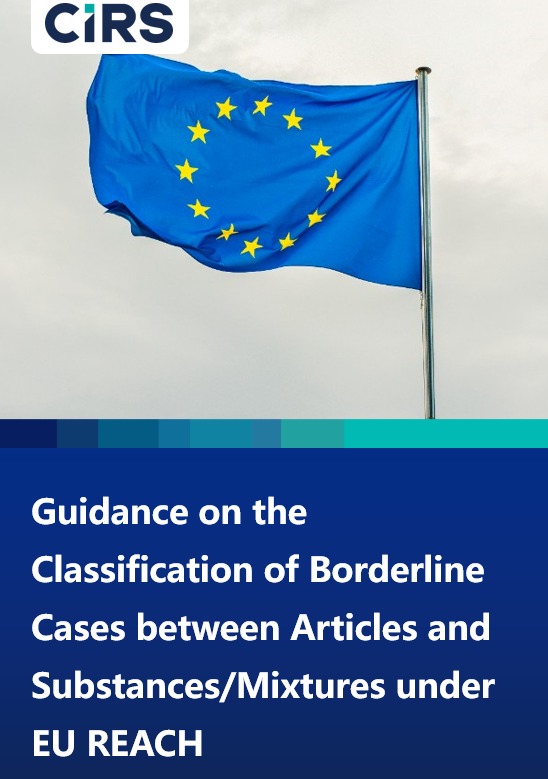On November 5, 2025, the European Chemicals Agency (ECHA) published mapping of PFAS uses, serving as an industry support document for the upcoming public consultation on PFAS restrictions. The mapping systematically outlines PFAS applications across 14 major industrial, professional, and consumer sectors, including battery manufacturing, textiles, electronics, and PFAS production.
Key Content
The document categorizes PFAS uses into Sectors, Use Categories, Sub-uses, and Applications. The Socio-Economic Analysis Committee (SEAC) has preliminarily agreed to assess 13 use areas. Evaluations for the Electronics & Semiconductors and PFAS Manufacturing sectors are expected to conclude by December 2025. The mapping table will be updated after SEAC’s plenary meeting in December 2025 to refine use classifications.
Major Sectors Identified
- Consumer mixtures (e.g., cleaners, waxes, polishes)
- Cosmetics (containing PFAS)
- Metal plating and manufacturing
- Oil and mining (e.g., tracers, defoamers)
- Textiles, apparel, leather, carpets (TULAC)
- Food contact materials and packaging
- Construction products (e.g., coatings, sealants)
- Fluorinated gas applications (e.g., refrigeration, air conditioning, firefighting)
- Medical devices (implantable and non-implantable)
- Transport (aviation, automotive, marine)
- Energy (solar, wind, hydrogen, batteries)
- Electrical equipment (e.g., insulating gases, switchgear)
- Lubricants (industrial, professional, consumer)
- Electronics and semiconductors (To be determined, TBD)
- PFAS manufacturing (TBD)
Next Steps
The final version will incorporate revisions from the draft consultation and be released alongside the official consultation launch. Stakeholders will also be invited to comment on eight additional sectors mentioned in background documents but excluded from SEAC’s targeted assessment. Businesses should prepare to submit detailed information aligned with specific use hierarchies.
Further Information




